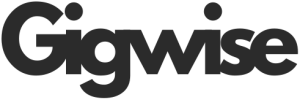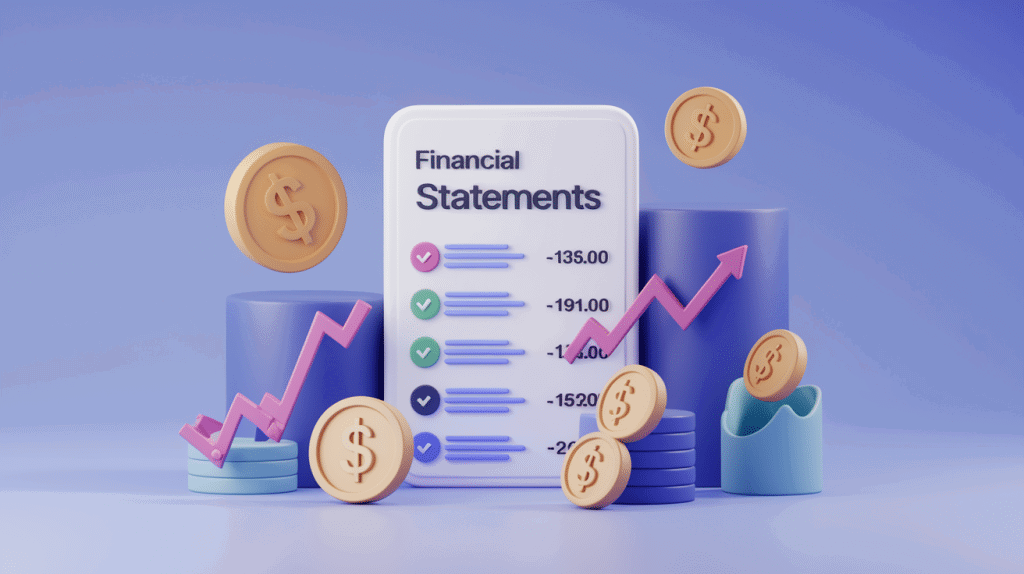People typically consider financial statement reading as an exclusive accountant and finance geek pursuit. The reality is that all business owners and those who manage their funds should develop financial statement analyzing skills. The basic understanding of this topic requires nothing beyond practical life experience rather than specialized academic training. One needs to understand both how statement elements relate to each other and what key details to check for. We will simplify the whole process by creating easy-to-understand explanations.
Understanding the Big Three
Each business depends on three essential financial statements to monitor its economic performance. Take these financial statements as different perspectives which provide different sections of the financial story. The financial statements demonstrate different aspects of a business story which ultimately provide complete visible insight into business operations.
The Income Statement: Profit and Loss at a Glance
Among the three primary financial statements the income statement stands out because it provides an accessible point for beginners to understand. The statement reveals business revenue alongside business expenses during a designated timeframe such as monthly, quarterly or yearly periods.
A business starts by analyzing total revenue before subtracting running costs. The final figure is your net income that reveals your actual profit level. Your expenses are taking more money than necessary out of your earnings after checking big revenue numbers which either show low or negative profitability.
On this financial statement you will encounter the accounting terms gross profit that includes operating expenses along with net income. Avoid getting distracted by complex business terms so you can see how your business funds are distributed and verify that income exceeds expenditure.
The Balance Sheet: What You Own and What You Owe
The balance sheet comes with slightly different parameters. The document presents financial information about your business during a single specified period instead of following your business operations over time. This financial document reveals both the assets your business holds and the liabilities you obligated yourself to and the remaining values of equity after liabilities settlement.
The list of assets contains items that range from cash through equipment as well as inventory. Your business debts together with pending bills make up the category of liabilities. The established business value exists as equity after paying off every debt. A business operates in a financially advantageous position when its assets exceed its liabilities.
Your business shows that it creates valuable assets when your financial statement maintains a solid balance sheet.
The Cash Flow Statement: The Real Money Tracker
Most people avoid reading the cash flow statement although it contains vital financial information. A reported profit on the income statement does not guarantee that your business account holds actual cash. Using the cash flow statement enables business owners to monitor their company funds through actual monetary flows while tracking down monetary movements rather than paper-based numbers alone.
This statement presents information regarding how cash funds handle operating activities while simultaneously displaying investments and financing activities. The cash flow statement helps track your daily business cash inflow and demonstrates whether income is sufficient or you depend on outside investments and loans to survive.
Examining this financial statement will help prevent unexpected cash shortages which might arise even though you show financial progress in your income statements.
Ratios enable users to decode financial statement data
Learning to interpret financial details of statements comes after mastering basic understanding of financial reports. Financial ratios act as the essential tool for interpretation of business numbers.
A company can determine its ability to handle costs through analysis of the current ratio. A company can determine its sales and service efficiency through gross margin numbers. A debt-to-equity ratio displays your business loans relative to the company assets you actually own.
Such ratios serve their purpose beyond being simple figures. Using financial ratios provides the power to detect warnings that could evolve into major business difficulties ahead of time while leading to better decision-making.
Using Appropriate Tools Leads To Simplification Of Financial Management Systems
Tools in the market simplify financial statement management and understanding to reduce the overwhelming nature of the system.
At the heart of expense tracking and management selection rests the comparison between using expensify vs ramp. The tools are strong contenders although they support separate financial management purposes. Users select Expensify because it provides convenient expense report features alongside reimbursement services but Ramp wins customers with its automated corporate card system and extensive integration capabilities. The choice between providers depends on your preferences regarding automated expense management control.
The decision about payment solutions leads users to select between two major options that are Quickbooks Payments vs Square. The synchronization between bookkeeping software and payments function makes QuickBooks Payments ideal for users who already manage their books with QuickBooks. The in-person payment processing of Square stands out for small retailers together with its elegant user interface.
Deciding the correct financial management system allows you to simplify your money management alongside creating clear and error-free financial documents.
Do the Following Actions in Case You Remain Uncertain
Observing financial statements produces confusion for everyone regardless of experience. That’s normal. The key is not to give up.
Start by asking questions. Speak with your bookkeeping professional along with your accounting staff. Watch a few tutorials online. The process of statement review should be regular to make them feel comfortable. Continuous study enables you to recognize patterns and find business problems and you can start making educated forecasts about number changes.
Final Take Aways: Confidence Comes with Practice
The process of learning financial statement analysis becomes simpler with regular practice despite initial feelings of intimidation. Begin with fundamental concepts while accepting assistance from suitable tools and individuals. Anyone who shows determination along with regular practice and willingness to learn will feel confident with financial statements.
Establishing financial habits will give both personal and business control of your finances which leads to enhanced confidence when making crucial decisions that drive forward your goals. Every person without financial expertise should master this power for decision-making purposes.




















